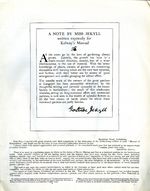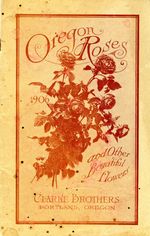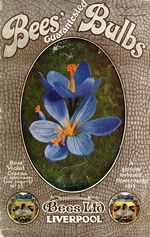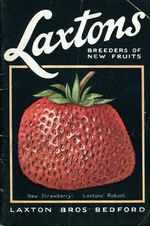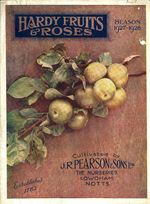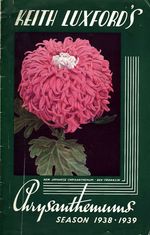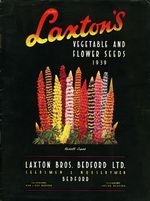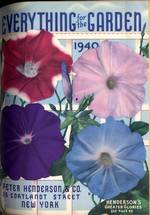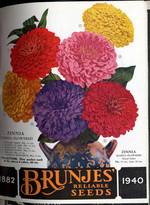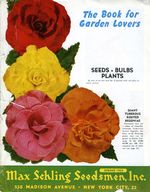Both before and after the first color plate film was made available in 1907, some catalogues colored black and white photographs. Kelway’s Nursery claimed to have been the first British nursery company to use color photography in its catalogue of 1913.1 The scans on this page show examples of two of the delphinium and peony photographs. The Bees Ltd. bulb catalogue of 1915 is almost entirely in color. Its bright, cheerful photographs look almost contemporary, but the photograph of a Dutch bulb field and the shoe advertisement in the scan below are clearly from an earlier time.2 While more catalogues used color both on covers and on inside pages during the 1920s, the majority of catalogues in the OSU collection from this time contain few color photographs or none at all. Because many photographs were painted over, and many catalogues freely mixed whatever photographs, drawings, or prints they could most easily obtain, it is sometimes difficult to tell which pictures actually are photographs.
By the late 1920s-1930s, more catalogues contained eye-catching color photographs, with more flowers and vegetables in bright—and in some cases garish colors. A popular way to display new varieties was to display a bold, colorful flower against a dark background, some examples of which are scanned here. Many seed firms in the late 1930s and 1940s sold photographs along with lithographs to other companies for use in catalogues, packets, or magazines, which helps to explain why there are many similar close-up frontal views. The OSU collection contains many American catalogues from the 1940s and 1950s with close-ups of flowers, vegetables and fruits in vivid colors, often with several cutout images per page, now against light, cheerful backgrounds.
Notes
- Kelway’s Manual of 1913 states, “As we were the first to use, for horticultural catalogues, three-colour process blocks in order to faithfully represent drawings of flowers in colour, we congratulate ourselves on being the first to present to the public representations of photographs actually taken in colour direct from the natural object.” Kelway’s Manual, 1913, A1.
- One reason why Bees might have been able to include so much color photography in its catalogues was that the nursery was owned by the wealthy cotton broker Arthur Kilpin Bulley, who sponsored plant-collecting expeditions to Asia and introduced many new plants to Great Britain. His gardens survive today as Ness Botanical Gardens, owned by the University of Liverpool.

